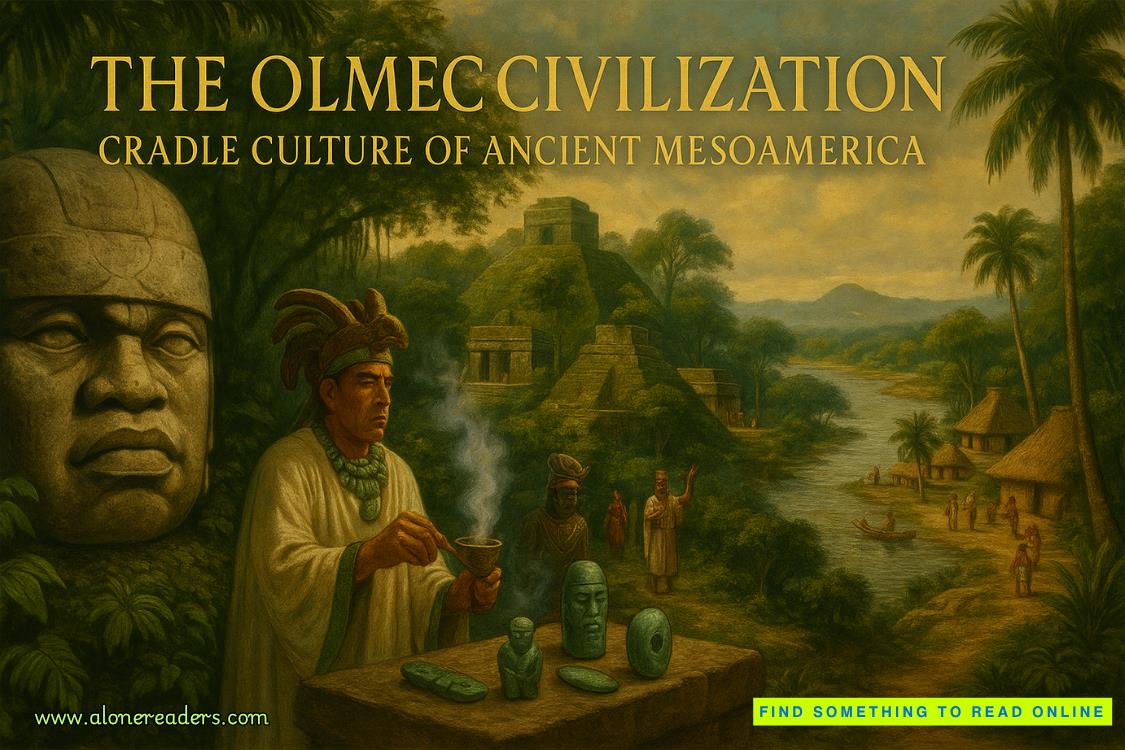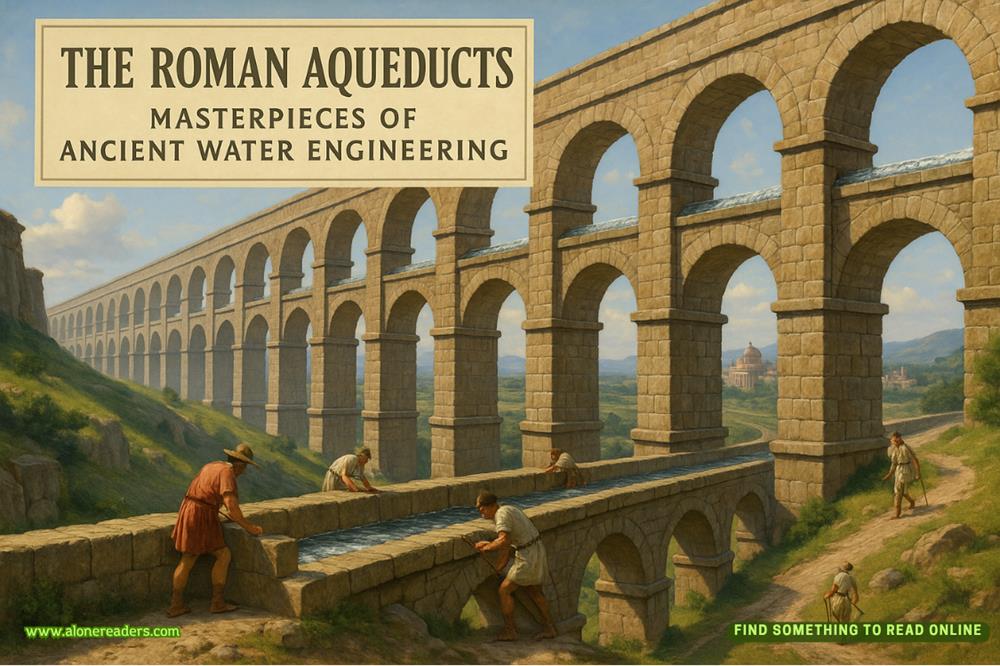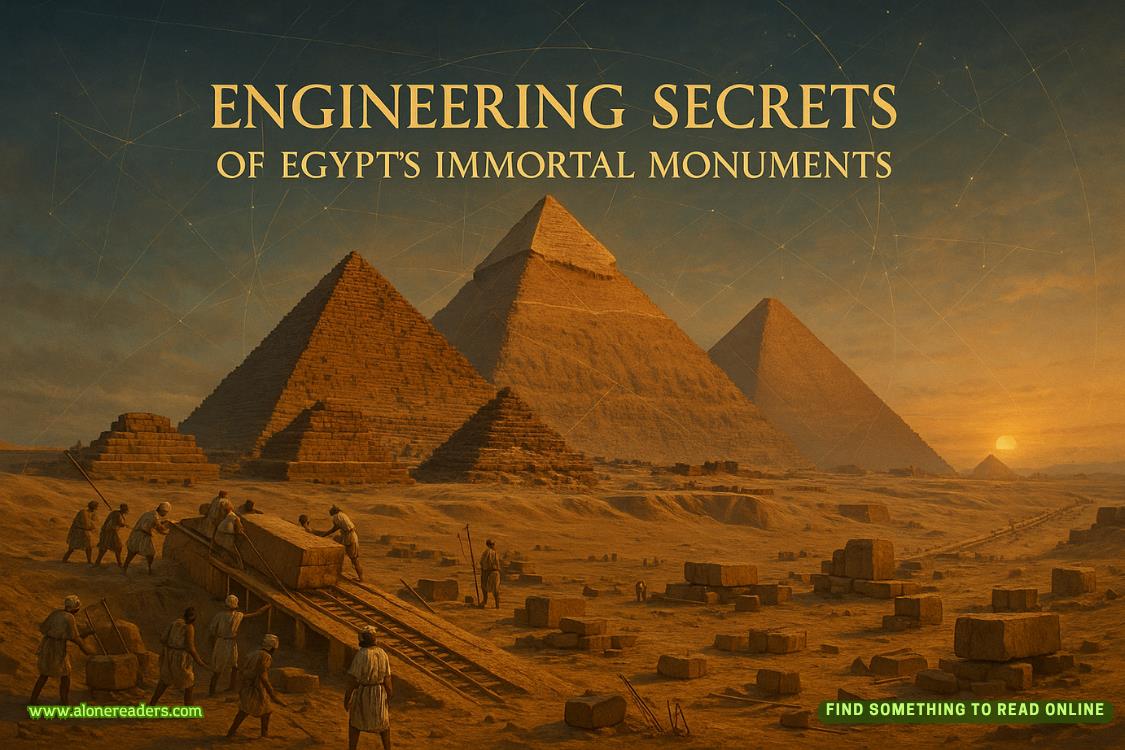Page 62 of Project Hail Mary
I know, logically, that I’m in a ship spinning around. But there are no windows to see out of. Only screens. I check the telescope screen that’s still pointed at theBlip-A. The stars in the background do not move. It’s accounting for my rotation somehow and canceling it. That bit of software was probably tricky, considering the camera probably isn’t at the exact center of rotation.
My arms grow heavy, so I put them on the armrests. I have to start using my neck muscles again for the first time in a while.
Five minutes after the sequence began, I experience a little less than normal Earth gravity. A quadruple beep announces the end of the sequence.
I check the Centrifuge screen. It shows a pitch rate of 20.71° per second, a total separation of 104 meters, and a “Lab Gravity” of 1.00g.
The diagram of the ship shows theHail Marysplit in two pieces, the nose of the crew compartment pointed inward toward the other half. The two halves are comically far apart, and the entire system spins slowly. Well, actually pretty fast, but it looks slow at that scale.
I unstrap from the chair, walk to the airlock, and open the hatch. The smell of ammonia drifts into the cockpit again, but not nearly as bad as before. The alien artifact lies on the floor. I give it a quick touch with my finger to gauge temperature. It’s still pretty warm, but no longer scalding hot. Good. There’s no internal heater or weird stuff like that. It just started out really hot.
I pick it up. Time to see what this thing is made of. And what’s inside.
Before leaving the cockpit, I take one last look at the Telescope screen. I don’t know why—I guess I just like to keep track of what extraterrestrial ships in my vicinity are up to.
TheBlip-Aspins in space. It rotates end-over-end, probably at the exact same rate as theHail Mary. I guess they saw me spin up the centrifuge and figured it was another communication thing.
Humanity’s first miscommunication with an intelligent alien race. Glad I could be a part of it.
—
I set the cylinder on the lab table. Where do I begin? Everywhere!
I check to see if it’s radioactive with a Geiger counter. It’s not. That’s nice.
I poke it with various things to get a feel for its hardness. It’s hard.
It looks like metal but doesn’t feel quite like metal. I use a multimeter to see if it’s conductive. It isn’t. Interesting.
I get a hammer and chisel. I want a small chip of the cylinder material for the gas chromatograph—that way I’ll know what elements it’s made of. After a few smacks with the hammer, the chisel chips. The cylinder isn’t even dented.
“Hm.”
The cylinder is too big to put in the gas chromatograph. But I find a handheld x-ray spectrometer. It looks like a UPC scanner gun. Easy enough to use, and it’ll give me some idea of what this thing is made of. It’s not as accurate as the chromatograph, but better than nothing.
After a quick scan, it tells me the cylinder is made of xenon.
“What…?”
I use the spectrometer on the steel lab table to make sure it’s working correctly. It reports iron, nickel, chromium, and so on. Just what it should say. So I check the cylinder again and get the same wacky results as with my first test. I test it four more times but keep getting the same answer.
Why did I run the test so many times? Because those results make no sense at all. Xenon is a noble gas. It doesn’t react with anything. It doesn’t form bonds with anything. And it’s a gas at room temperature. But somehow it’s part of this solid material?
And no, it’s not a cylinder filled with xenon or anything like that. A spectrometer is not a deep, penetrating scan. It can only tell you what’s on the surface. If I pointed it at gold-plated nickel, it would say “100% gold,” because that’s all it can see. It can only tell me what the molecules on the surface of the cylinder are made of. Apparently, they’re made of xenon.
This handheld spectrometer can’t detect elements lower than aluminum. So there could be carbon, hydrogen, nitrogen, whatever is lurking in there too. But as for elements within the detector’s range…I’m looking at pure xenon.
“How?!”
I plop down onto a stool and stare at the cylinder. What a strange artifact. What do I even call noble gases that react with things? Ignobles?
But being flummoxed has one good side effect. It makes me stop my frenzied attack on the cylinder and just look at it. For the first time, I see that there is a thin line running around the circumference about an inch from the top. I feel it with my fingernail. It’s definitely an indentation of some kind. Is that a lid? Maybe it just opens.
I pick up the cylinder and try to pull off the top. It doesn’t budge. On a whim, I try to unscrew it. It also doesn’t budge.
But there’s no reason aliens would follow the righty-tighty-lefty-loosey rule, is there?
I turn the lid to the right and it rotates. My heart skips a beat!















